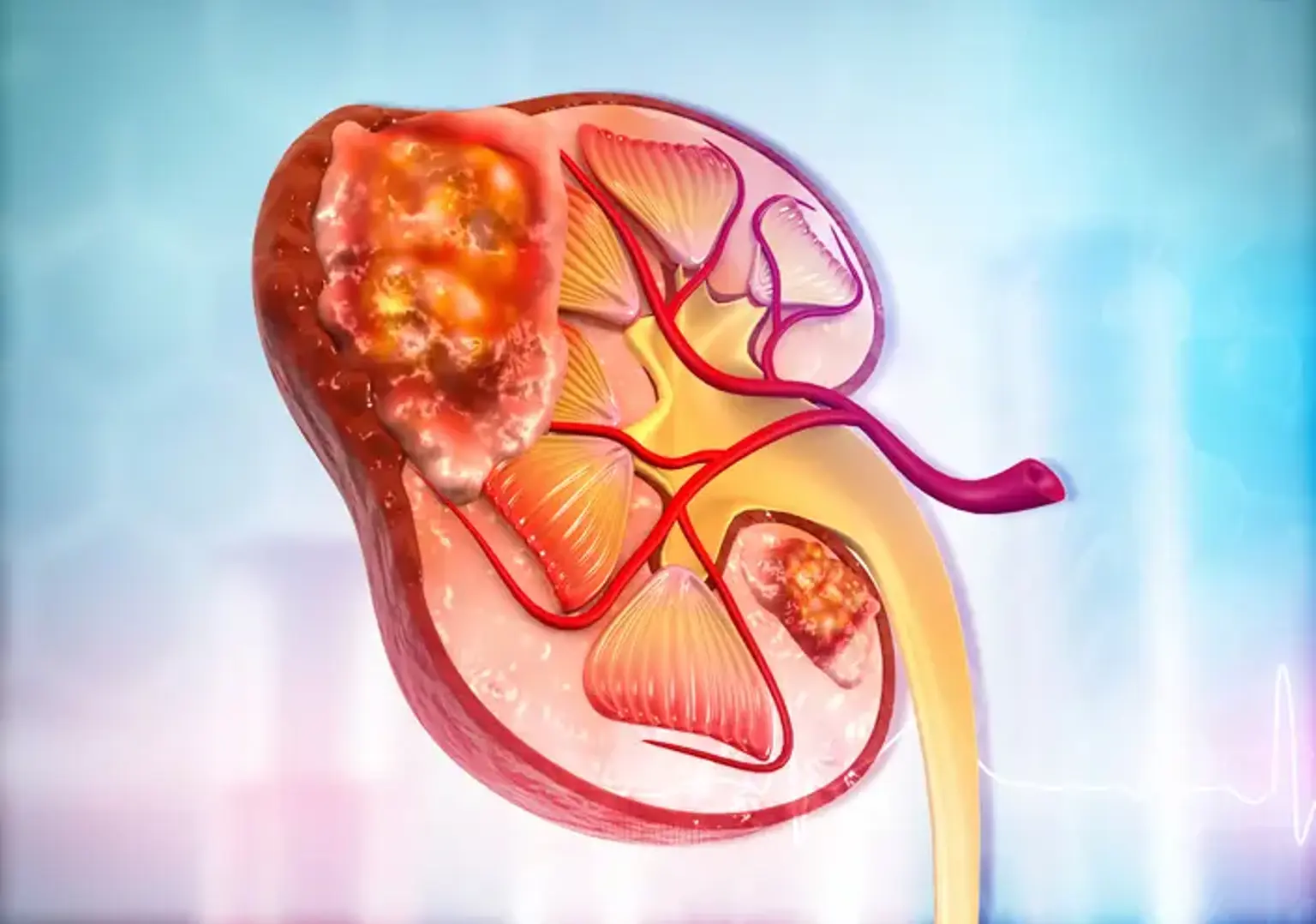Kidney cancer
Overview
Kidney cancer may strike both adults and children. The majority of kidney malignancies are renal cell carcinoma (RCC), also known as renal adenocarcinoma. Although symptoms do not normally occur in the early stages of kidney cancer, some patients do have them, especially as the illness spreads. In most situations, surgery is the primary treatment for excised kidney carcinoma.
